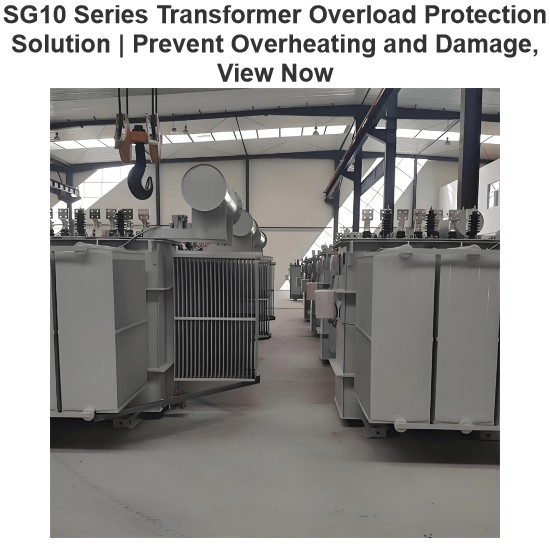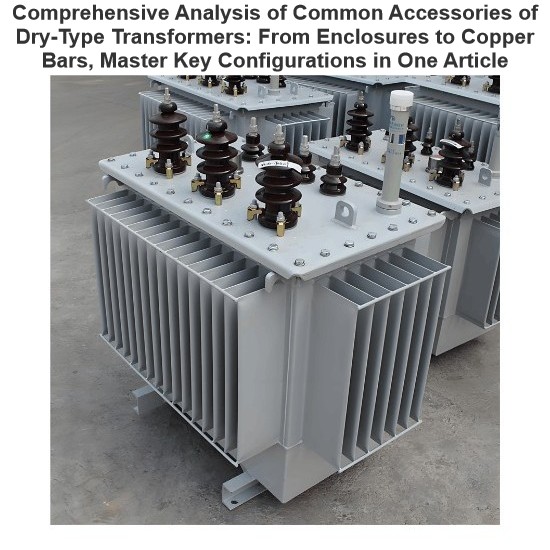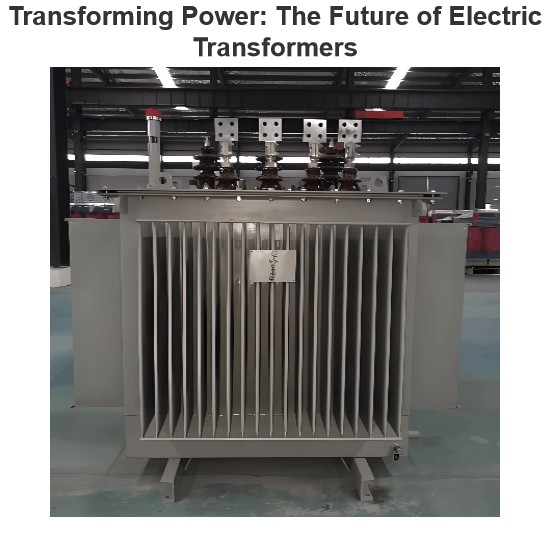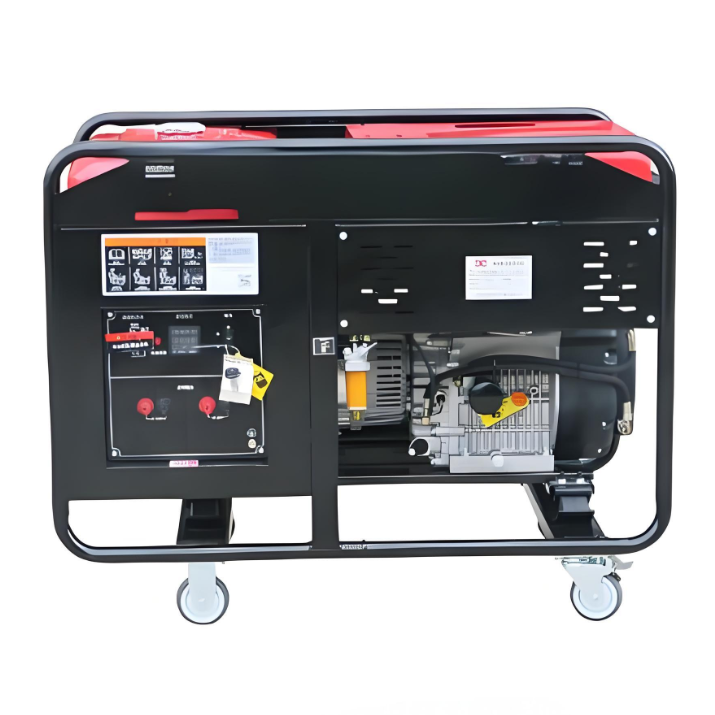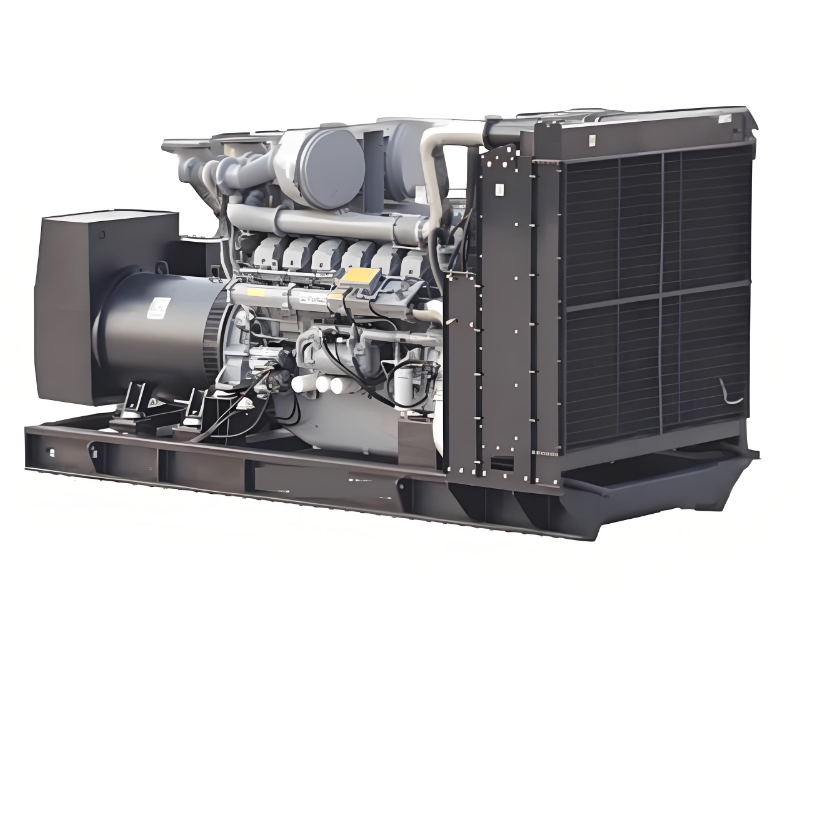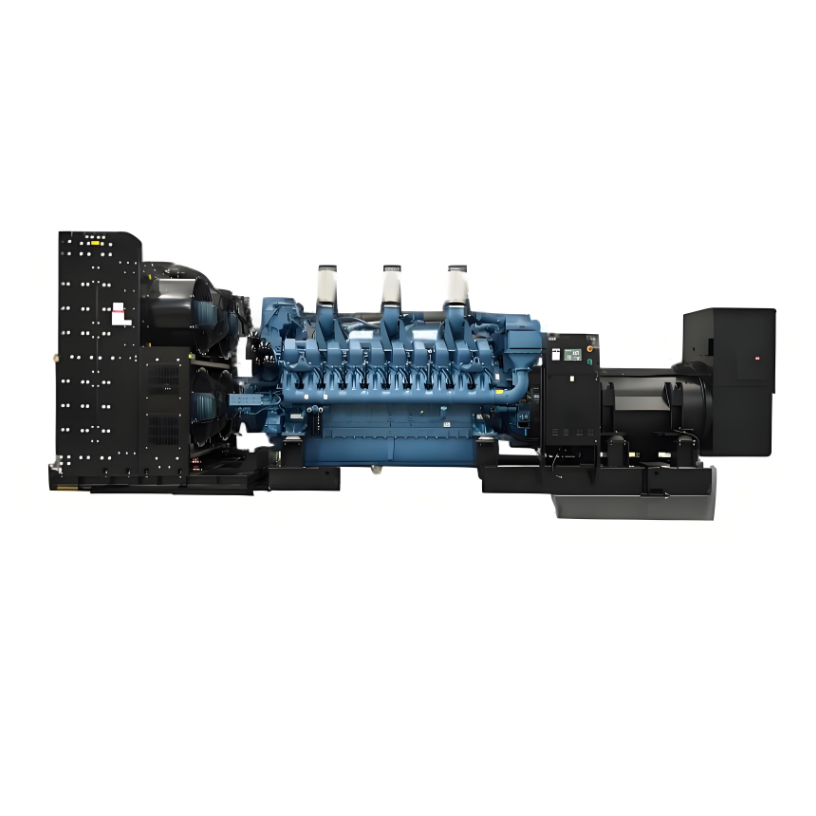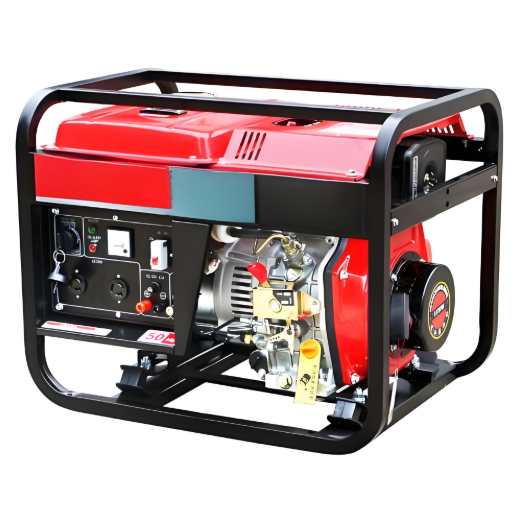Safety Features of Pumps Used in Power Generation
Pumps used in power generation, particularly in thermal power plants, nuclear power stations, and other types of power facilities, must possess a range of stringent safety features to ensure their reliability and safety. These pumps are typically employed in critical systems such as circulating water systems, cooling systems, feedwater systems, etc., making their safety paramount. Below are the key safety features that pumps used in power generation should have:
1. High Pressure and High Temperature Resistance
Material Selection: The materials used in the pump must be capable of withstanding high pressure and temperature environments. For example, in nuclear power plants, main coolant pumps need to endure extremely high temperatures and pressures, so they often use corrosion-resistant, high-strength alloys like stainless steel or nickel-based alloys.
Sealing Performance: The seals of the pump must maintain excellent sealing performance under high-temperature and high-pressure conditions to prevent media leakage. Common sealing methods include mechanical seals and packing seals, with mechanical seals being more reliable in high-pressure environments.
2. Explosion-Proof Design
Explosion-Proof Motors: If the pump is used in environments with flammable or explosive materials (such as fuel oil pumps or auxiliary systems for gas turbines), it must be equipped with explosion-proof motors to prevent electrical sparks from causing explosions.
Protection Rating: The pump's housing should have an appropriate protection rating (such as IP65 or higher) to prevent dust, moisture, and other contaminants from entering the interior, avoiding short circuits or other electrical failures.
3. Redundancy Design
Backup Pumps: To ensure continuous system operation, power generation pumps are often equipped with redundant pumps. When the primary pump fails, the backup pump can immediately start to maintain system functionality.
Multi-Level Protection: The pump design should include multiple levels of protection mechanisms, such as overload protection, temperature protection, and pressure protection, to prevent damage to the pump under abnormal conditions.
4. Automatic Control Systems
Variable Frequency Drive (VFD): Many power generation pumps are equipped with variable frequency drives, which adjust the pump's speed based on actual demand. VFDs optimize energy efficiency and reduce wear. They also provide soft-start capabilities, reducing inrush currents during startup.
Intelligent Monitoring: Modern power generation pumps often come with intelligent monitoring systems that can real-time monitor the pump's operating status (such as flow rate, pressure, temperature, vibration, etc.) and transmit data to a central control room via SCADA systems. In case of abnormal conditions, the system can automatically trigger alarms or take corrective actions.
5. Seismic Design
Seismic Structure: In earthquake-prone areas or in high-safety environments like nuclear power plants, the pump's design must consider seismic resistance. The foundation and support structures of the pump should be able to withstand seismic loads, ensuring that the pump does not shift or get damaged during an earthquake.
Flexible Connections: To reduce stress transfer during an earthquake, flexible joints or expansion bellows should be used between the pump and pipelines, allowing for some movement without affecting the pump's normal operation.
6. Corrosion Resistance
Anti-Corrosion Coatings: The external and internal components of the pump should be coated with anti-corrosion coatings, especially when handling corrosive media (such as seawater cooling systems). Common anti-corrosion materials include epoxy resins and polyurethane.
Chemical Resistance: For pumps handling special chemical substances (such as acidic or alkaline solutions, saltwater, etc.), the materials used should have good chemical resistance to extend the pump's lifespan.
7. Low Noise Design
Noise Reduction Measures: Power generation pumps are often located in noise-sensitive areas, so noise reduction measures are necessary. This can be achieved by optimizing the impeller design, using soundproof enclosures, or installing silencers to lower noise levels.
Vibration Dampening: To reduce vibrations generated during pump operation, vibration dampening pads or spring isolators can be installed on the pump base, minimizing the transmission of vibrations to buildings or other equipment.
8. Emergency Shutdown Function
Emergency Stop Button: The pump should be equipped with an emergency stop button to quickly shut down the pump in case of severe faults or dangerous situations, preventing the escalation of accidents.
Automatic Protective Shutdown: The pump should have an automatic protective shutdown function, which will stop the pump automatically in cases of overheating, overpressure, underpressure, overload, etc., ensuring the safety of both equipment and personnel.
9. Compliance with International Standards and Regulations
Certification Requirements: Power generation pumps must comply with relevant international standards and regulations, such as ASME (American Society of Mechanical Engineers), API (American Petroleum Institute), ISO (International Organization for Standardization), etc. These standards set strict requirements for the design, manufacture, testing, and maintenance of pumps to ensure their safety and reliability.
Regular Inspection: Pumps should undergo regular inspections and maintenance to ensure they remain in good condition. In high-risk environments like nuclear power plants, the inspection and maintenance cycles are even stricter, typically conducted by professional third-party agencies.
10. Long Lifespan and High Reliability
High-Quality Components: Key components of the pump (such as the impeller, shaft, bearings, etc.) should be manufactured using high-quality materials and processes to ensure stable and durable operation over long periods.
Preventive Maintenance: To extend the pump's lifespan, power plants typically implement preventive maintenance programs, regularly inspecting and replacing wear parts, and promptly addressing potential issues.
Summary
Pumps used in power generation are essential components of power facilities, and their safety directly affects the stable operation of the entire power system and personnel safety. Therefore, these pumps must possess features such as high pressure and temperature resistance, explosion-proof design, redundancy, automatic control, seismic resistance, corrosion resistance, low noise, emergency shutdown, and compliance with international standards. By adhering to strict selection, design, manufacturing, and maintenance practices, the safe and reliable operation of pumps in various operating conditions can be ensured.


















